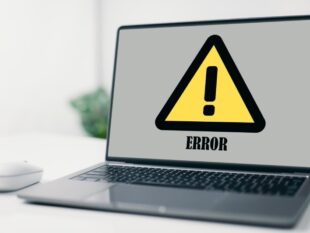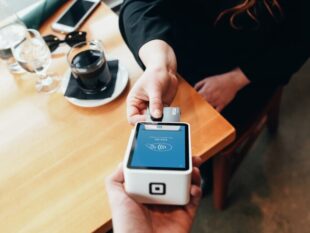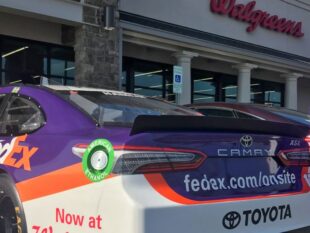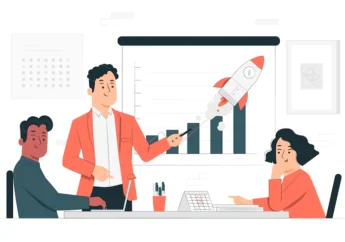5 Essential KPIs To Track For Greater E-Commerce Success
by Sharmita Shee Business 14 May 2021

It’s really hard to predict success. In its first five years since its inception in 1994, Amazon looked like it was doomed to fail. Simply put, it wasn’t earning. Despite being infused with billions of capital, the online giant (not-so-gigantic then) barely had cash on hand in 1999 and had turned a profit only in 2003. What many people didn’t know was that Jeff Bezos, Amazon’s visionary founder, had his eyes set on the long game. He was refining his processes so to speak. It took a virus to show everyone how ready Amazon was for success.
While it’s anybody’s guess what Jeff Bezos was thinking all along, we’re pretty sure he’s eyeing Key Performance Metrics or KPIs right from the get-go. KPIs allow you to see customer behavior. It not only shows how much work you’ve done but it digs deeper. It shows you how well you’re doing when it comes to achieving your goals, as long-term as it may be.
5 Essential KPIs to Track for Greater E-Commerce Success
Needless to say, not looking into your KPIs can be disastrous on your part as an online marketer. Take note e-commerce is a very technical business. Being adept in knowing what to look out for in your website traffic can save you a lot of trouble.
AOV
AOV stands for average order value. While you could actually grow your total sales by having more people buy products from your online store, there’s another way you can get the same bottom line. And that’s having customers spend more. Meaning, you achieve the same results with fewer people.
To get to your AOV, take your total revenue of a period and divide it by the number of orders. In short, it’s the average spend for every customer that bought for that period. It’s important you see your sales from this perspective so you can strategize better on how to increase them.
Some things to try to increase AOV:
- Sell products in packages/bundles (the larger the package, the greater the discount)
- Give discounted rates on bulk orders
- Always upsell products
A customer that lingers in your online store is highly likely in the mood to order. Don’t lose the opportunity. Entice them to buy more by showing how much they’d pay less with bulk orders or by upselling before they add to the cart.
Conversion Rate
Conversion Rate is simply how many of your website visitors end up becoming a believer in your business or a customer. Some may not actually buy but if they sign up to your newsletter that can also be considered as a conversion. You should monitor this KPI as much as possible. Simply put, a website that has over 5,000 visits daily with only 8 conversions is in trouble.
A most useful tool to monitor your conversion rate is Google Analytics. Just make sure you have your desired conversion goals factored in. By choosing your goal, you can end up refining your strategy to achieve greater conversions.
To add, there’s a KPI related to conversion rate. We’re talking about products returned. It’s important that you exercise proper product returns management, as it can go a long way in customer retention, not to mention save you a sellable product. A smooth return management process brings confidence back to the customer putting their faith back in the brand.
Shopping Cart Abandonment
Think of a lady shopping at the grocery. She puts tons of products in her cart and as she walks to the counter, her phone rings. And off she goes without paying. That’s the offline version of shopping cart abandonment. In your online stores, there’s a lot of reason this can happen.
Like many online marketers before you, you could be tempted to run after the numbers. However, if your leads aren’t actually converting, you’ll have to look into making the most of what you have: converted leads. To do that, you’ll have to look deeper into why your website visitors are abandoning the cart. Some of the things you could do are:
- Use a simpler registration form
- Boost brand with trust seals/security badges
- Nix hidden charges
ROAS
ROAS stands for Revenue on Advertising Spend. Simply put, it shows you how effective your marketing ads have been. The higher your ROAS the more return of investment you are getting. However, if your ROAS is below average, then you will have to look into your advertising methodology. It’s high time you give it a makeover.
CLV
CLV or Customer Lifetime Value is a projected average of how much your customer is likely to spend in your online store in a lifetime. By looking into your CLV, you can finetune your acquisition strategy not to mention minimize marketing costs.
You don’t have to ask every customer to get your CLV of course. To arrive at the data, use Google Analytics. Click on Audience and proceed to Lifetime Value. You should have your current figures in a jiffy.
All the numbers can certainly be numbing. But making sense of your essential KPIs can get you closer to the success you dream of for your online business.
Read Also:







































































































